
Anse Mamin: Saint Lucia's Hidden Gem
Discover the serene beauty of Anse Mamin in Saint Lucia, where secluded beaches, vibrant marine life, and lush tropical landscapes await you.
Nestled on the northwestern coast of Saint Lucia, Anse Mamin is a secluded paradise that boasts pristine beaches, lush tropical vegetation, and a sense of tranquility that's hard to find elsewhere. This idyllic spot is perfect for those seeking a quiet escape from the hustle and bustle of daily life. The beach is a haven for sunbathers and swimmers alike, with its soft golden sands and crystal-clear waters providing the perfect backdrop for a day of relaxation. Anse Mamin is not just about lounging around; it offers a plethora of activities for the more adventurous souls. The nearby coral reefs are a snorkeler's dream, teeming with vibrant marine life and colorful corals. For those who prefer to stay on land, the surrounding jungle trails offer excellent hiking opportunities, where you can immerse yourself in the island's natural beauty and discover its rich biodiversity. A visit to Anse Mamin wouldn't be complete without sampling the local cuisine. The beachside restaurant serves up delicious Creole dishes that are sure to tantalize your taste buds. Whether you're savoring fresh seafood or enjoying a tropical cocktail, dining here is an experience in itself. Don't forget to bring your camera; the stunning vistas and picturesque landscapes make for perfect photo opportunities.
Local tips in Anse Mamin
- Bring your snorkeling gear to explore the vibrant coral reefs right off the beach.
- Wear comfortable shoes if you plan to hike the jungle trails.
- Don't forget sunscreen and insect repellent to stay protected while you enjoy the outdoors.
- Try the local Creole dishes at the beachside restaurant for an authentic taste of Saint Lucia.
- Visit early in the morning or late in the afternoon to avoid the midday heat.
Anse Mamin: Saint Lucia's Hidden Gem
Nestled on the northwestern coast of Saint Lucia, Anse Mamin is a secluded paradise that boasts pristine beaches, lush tropical vegetation, and a sense of tranquility that's hard to find elsewhere. This idyllic spot is perfect for those seeking a quiet escape from the hustle and bustle of daily life. The beach is a haven for sunbathers and swimmers alike, with its soft golden sands and crystal-clear waters providing the perfect backdrop for a day of relaxation. Anse Mamin is not just about lounging around; it offers a plethora of activities for the more adventurous souls. The nearby coral reefs are a snorkeler's dream, teeming with vibrant marine life and colorful corals. For those who prefer to stay on land, the surrounding jungle trails offer excellent hiking opportunities, where you can immerse yourself in the island's natural beauty and discover its rich biodiversity. A visit to Anse Mamin wouldn't be complete without sampling the local cuisine. The beachside restaurant serves up delicious Creole dishes that are sure to tantalize your taste buds. Whether you're savoring fresh seafood or enjoying a tropical cocktail, dining here is an experience in itself. Don't forget to bring your camera; the stunning vistas and picturesque landscapes make for perfect photo opportunities.
When is the best time to go to Anse Mamin?
Iconic landmarks you can’t miss
Soufrière Drive In Volcano
Discover the breathtaking geothermal beauty at Soufrière Drive In Volcano in St. Lucia, an unmissable attraction for nature lovers and adventure seekers.
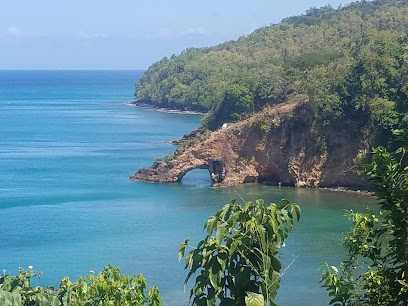
Sugar Beach, a Viceroy Resort
Experience ultimate luxury and breathtaking views at Sugar Beach, a Viceroy Resort in St. Lucia, where paradise meets elegance.

Diamond Falls Botanical Gardens & Mineral Baths
Explore the breathtaking Diamond Falls Botanical Gardens & Mineral Baths, a tropical paradise in St. Lucia filled with vibrant flora and relaxing mineral baths.
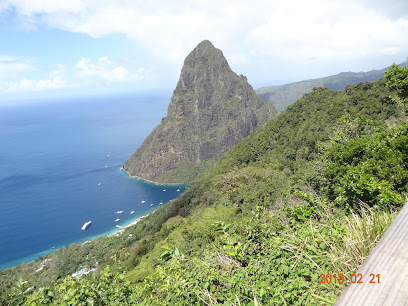
Saint Lucia National Trust
Uncover the historical treasures and stunning landscapes at the Saint Lucia National Trust, a gem of cultural heritage and natural beauty.
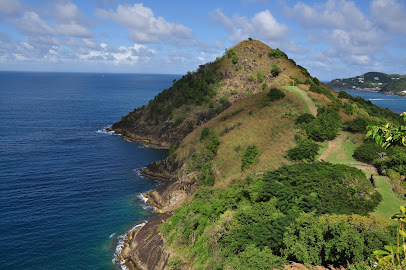
Tet Paul Nature Trail
Discover breathtaking views and rich biodiversity along the Tet Paul Nature Trail, a must-experience tourist attraction in St. Lucia.
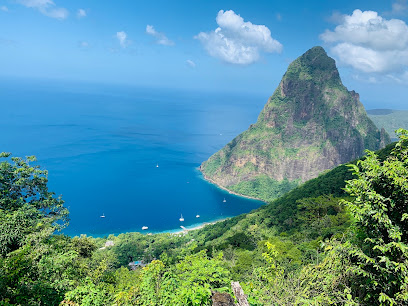
Morne Coubaril Historical Adventure Park
Experience St. Lucia's rich history and adventure at Morne Coubaril Historical Adventure Park, where fun meets heritage in a stunning Caribbean setting.
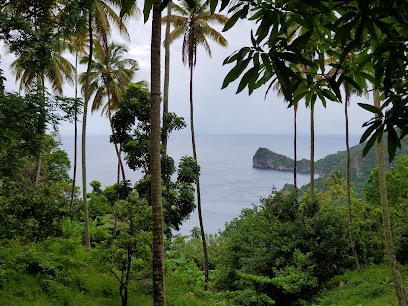
Anse Chastanet
Discover the serene beauty of Anse Chastanet, a tropical retreat in St. Lucia known for its stunning beaches, lush landscapes, and vibrant marine life.

Piton Falls
Discover the breathtaking beauty of Piton Falls, a stunning waterfall nestled in the lush rainforest of St. Lucia, perfect for nature lovers and adventurers alike.
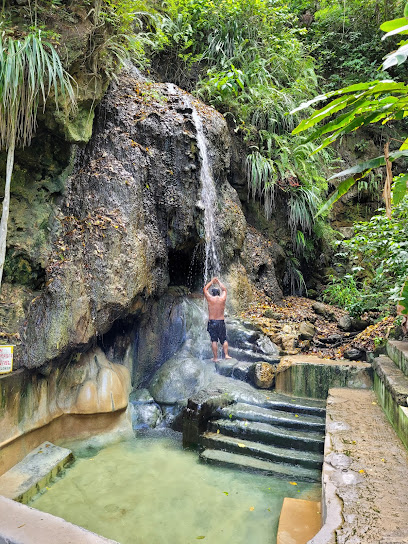
Gros Piton Nature Trail
Explore the breathtaking Gros Piton Nature Trail in St. Lucia, where adventure meets stunning natural beauty amidst tropical landscapes.
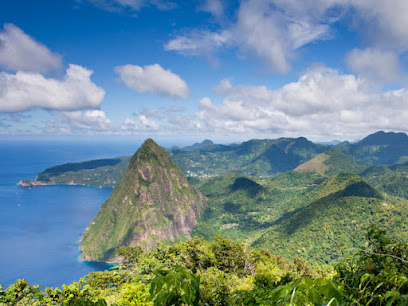
Fort Rodney
Discover the rich history and breathtaking views at Fort Rodney, St. Lucia's captivating colonial fortification on Pigeon Island.
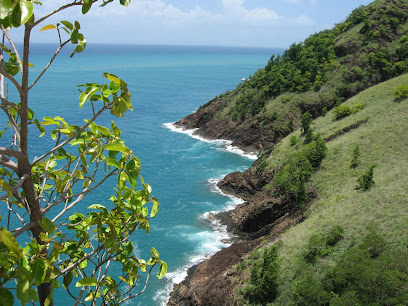
Anse Mamin Beach
Experience the tranquil beauty of Anse Mamin Beach in St. Lucia, a hidden gem where lush landscapes meet crystal-clear waters for the perfect getaway.
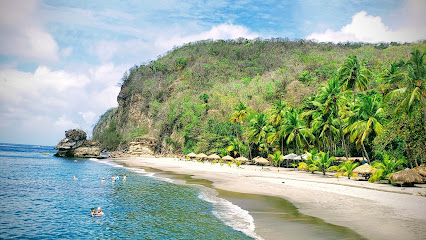
Anse Chastanet Beach
Discover the tranquil beauty of Anse Chastanet Beach in St. Lucia, a perfect blend of relaxation and adventure amid stunning natural surroundings.
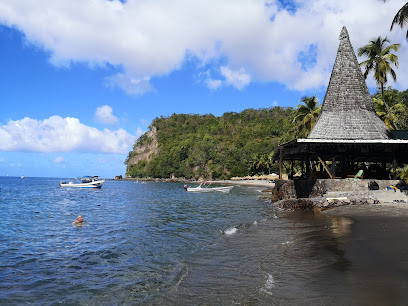
Moule-à-Chique
Discover the stunning coastal views and serene atmosphere of Moule-à-Chique in Vieux Fort, St. Lucia—a paradise for nature lovers and peace seekers.
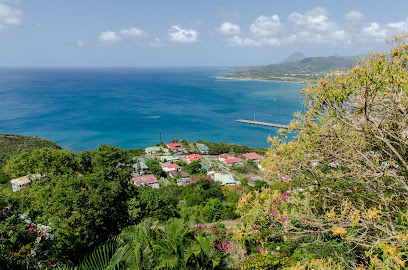
Friday Night Street Party
Immerse yourself in the lively atmosphere of Gros Islet's Friday Night Street Party, where local culture, delicious food, and vibrant music unite.
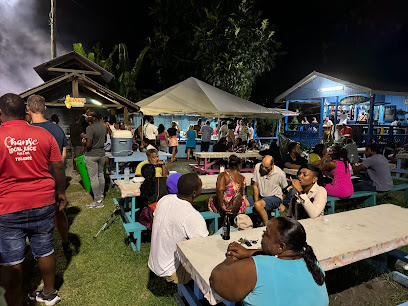
Mamiku Gardens
Explore the vibrant beauty of Mamiku Gardens in St. Lucia, a serene retreat filled with exotic plants and stunning landscapes perfect for nature lovers.
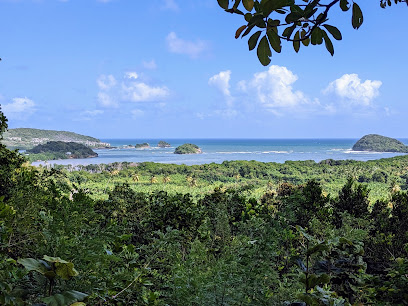
Unmissable attractions to see
Lushan Country Life
Explore the lush landscapes and rich biodiversity of Lushan Country Life in Castries, St. Lucia, where nature and culture intertwine seamlessly.
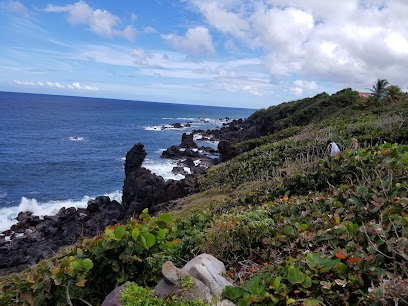
Têt Paul Nature Hike, Stairway To Heaven
Discover the breathtaking Têt Paul Nature Hike in St. Lucia, featuring stunning views, rich biodiversity, and an unforgettable hiking experience.
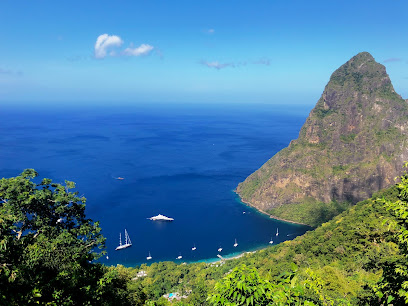
Bideau Park
Discover the serene beauty and rich history of Bideau Park in Castries, a perfect retreat for tourists seeking culture and tranquility in St. Lucia.
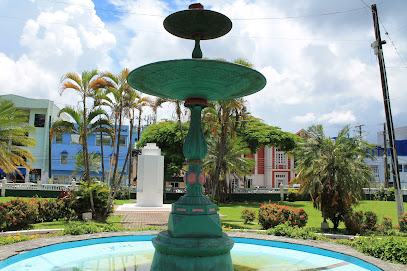
Spyke Falls
Explore Spyke Falls, a breathtaking natural attraction in St. Lucia, featuring stunning waterfalls, lush greenery, and serene hiking trails for nature enthusiasts.
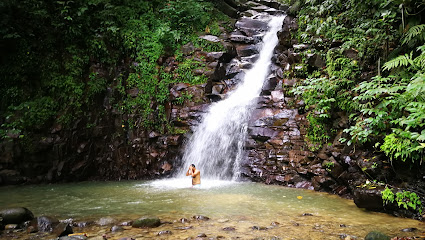
River Rock Waterfalls
Explore the breathtaking beauty of River Rock Waterfalls in Bois d'Inde, St. Lucia – a perfect blend of tranquility and adventure.
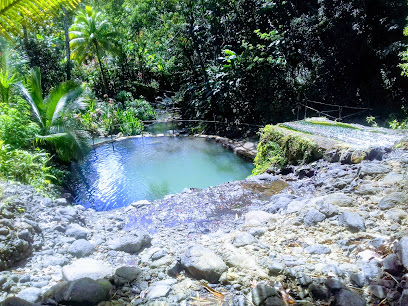
Anse des Pitons Marine Reserve
Explore the breathtaking Anse des Pitons Marine Reserve, a nature lover's paradise in St. Lucia, featuring vibrant coral reefs and stunning landscapes.
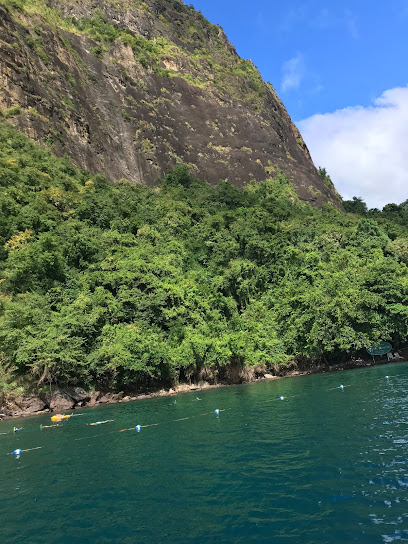
Beautiful Secret Beach
Experience the serene beauty of Beautiful Secret Beach, a hidden gem in St. Lucia perfect for relaxation and nature lovers alike.
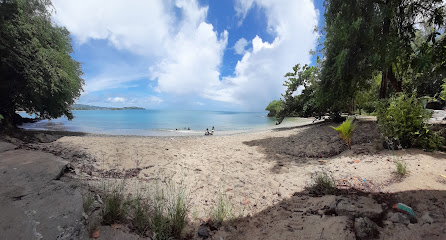
Carib Caves
Explore the Carib Caves in Rodney Bay, a historical landmark offering captivating geological formations and a glimpse into St. Lucia's indigenous heritage.
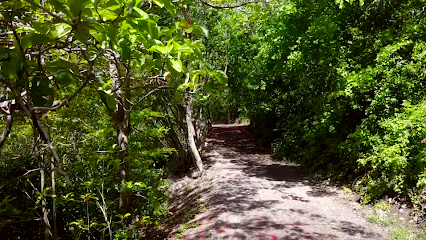
Wayne’s Tours & Hikes
Explore the breathtaking landscapes of St. Lucia with Wayne’s Tours & Hikes – your gateway to stunning natural beauty and unforgettable adventures.

Morne Tabac Rain Forest Trail and Parrot Sanctuary
Experience the breathtaking Morne Tabac Rain Forest Trail and Parrot Sanctuary, where vibrant wildlife and lush landscapes await every nature lover.

Smugglers cove
Explore the tranquil beauty and rich history of Smugglers Cove, a hidden gem in St. Lucia offering relaxation and adventure.
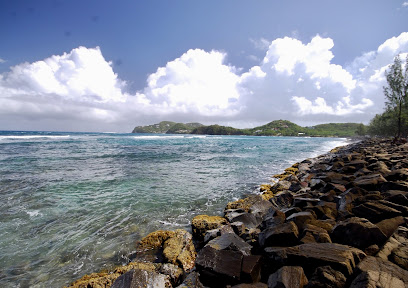
Cedar heights beach
Discover the tranquility of Cedar Heights Beach in St. Lucia, where golden sands meet azure waters for the ultimate relaxation experience.
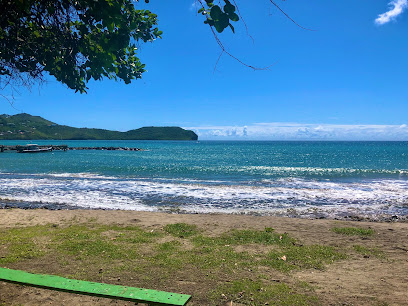
Sunrise Tours
Discover the breathtaking beauty and vibrant culture of St. Lucia with Sunrise Tours, where adventure meets tranquility in a Caribbean paradise.
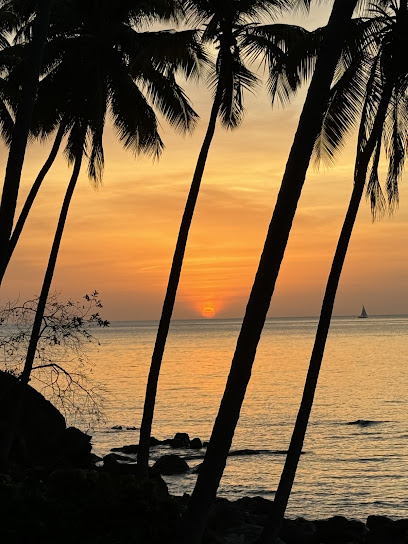
Spidermanfalls
Explore the breathtaking Spidermanfalls in St. Lucia, a perfect blend of adventure and natural beauty in the heart of the Caribbean.
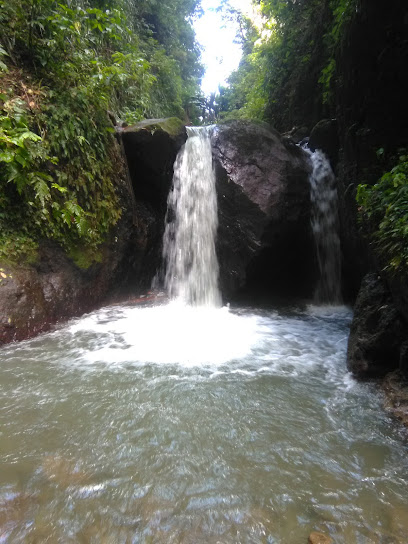
Cinderella's Slipper
Experience the enchanting beauty and rich culture at Cinderella's Slipper, a top tourist attraction in Ciceron, St. Lucia.
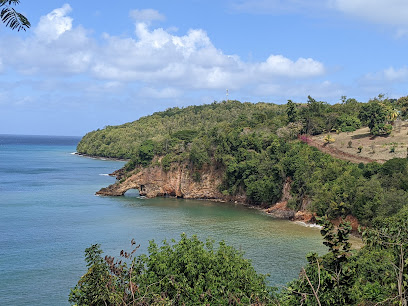
Essential places to dine
The Coal Pot Restaurant
Experience exquisite seafood dining at The Coal Pot Restaurant in Castries, where local flavors meet stunning Caribbean views.
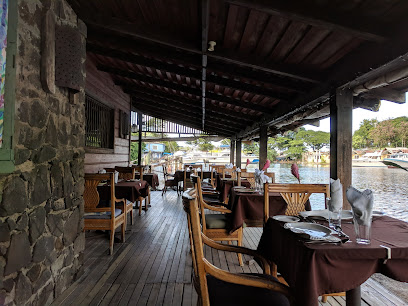
The Beacon Restaurant
Experience exquisite local flavors at The Beacon Restaurant in Palmiste, where stunning views meet delightful culinary creations.
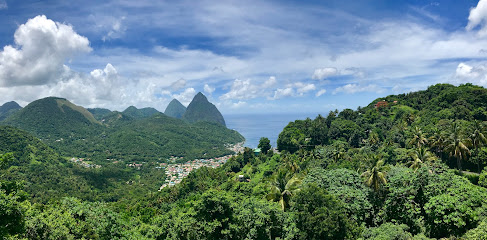
Naked Fisherman Restaurant
Experience exquisite Caribbean cuisine with breathtaking views at Naked Fisherman Restaurant in St. Lucia.
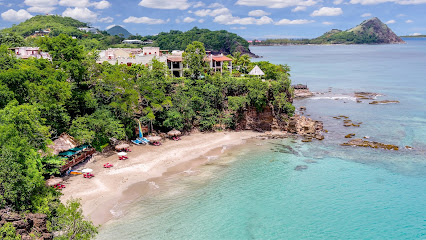
Orlando's Restaurant & Bar
Experience authentic Creole flavors at Orlando's Restaurant & Bar in beautiful Soufriere, St. Lucia - where culinary traditions meet stunning views.
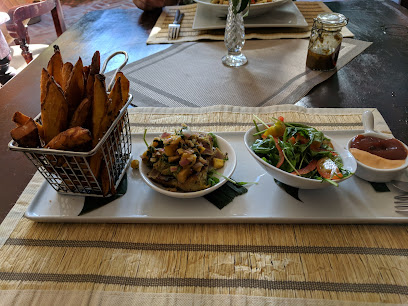
Fedo's
Experience authentic St. Lucian cuisine at Fedo's in Palmiste – where every meal tells a story!
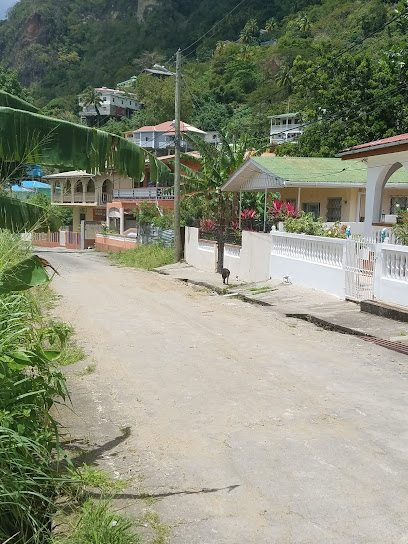
Petit Peak Restaurant
Experience exquisite Caribbean flavors at Petit Peak Restaurant with stunning views and warm hospitality in beautiful St. Lucia.
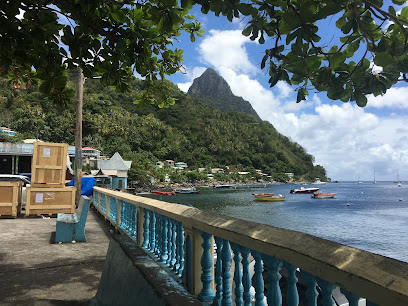
Island Chef
Experience authentic Caribbean cuisine at Island Chef in Palmiste - a culinary gem offering vibrant flavors and warm hospitality.
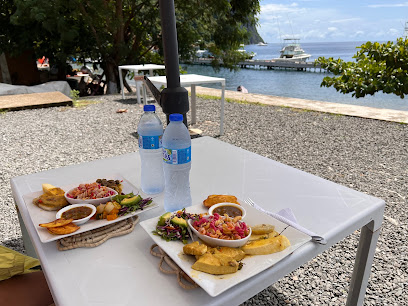
Treetop Restaurant and Bar
Experience exquisite dining at Treetop Restaurant and Bar in St. Lucia—where culinary delights meet breathtaking natural beauty.
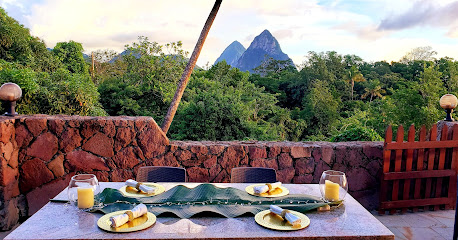
Martha's Tables
Discover authentic Caribbean cuisine at Martha's Tables in Belle Vue, where local flavors meet a warm and inviting atmosphere.
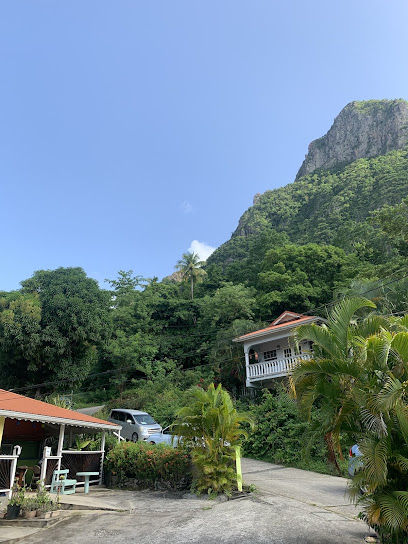
Seashell Beach Restaurant
Experience exquisite seafood and local Caribbean flavors at Seashell Beach Restaurant on Hummingbird Beach in St. Lucia.
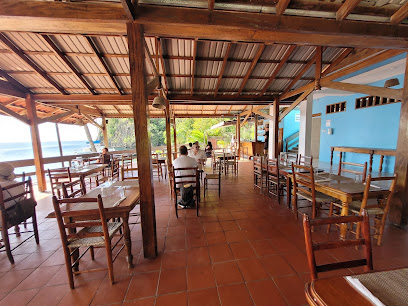
Sea View Creole Restaurant
Experience authentic Caribbean flavors at Sea View Creole Restaurant in Palmiste, St. Lucia – where every meal comes with breathtaking views.
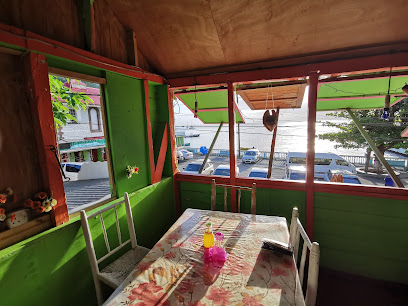
Bamboo Restaurant
Experience authentic Caribbean flavors at Bamboo Restaurant in Fond Doux – where local ingredients meet breathtaking views.
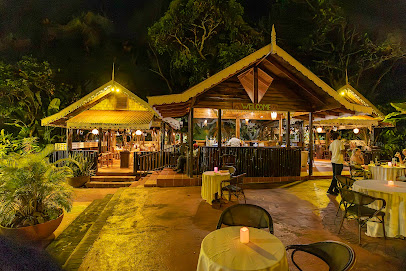
Anse Chastanet Restaurant
Experience culinary excellence at Anse Chastanet Restaurant in St. Lucia, where fresh ingredients meet breathtaking ocean views.
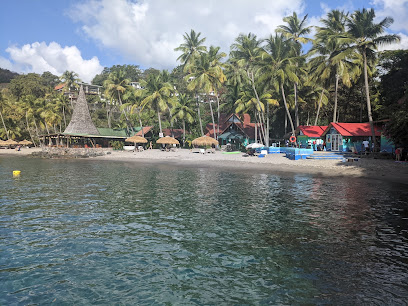
Country Breeze Creole Restaurant & Bar
Experience authentic St. Lucian flavors at Country Breeze Creole Restaurant & Bar nestled in beautiful Rabot Estate.

Jade Mountain Club
Discover unparalleled Caribbean dining at Jade Mountain Club with stunning views and authentic flavors in St. Lucia.
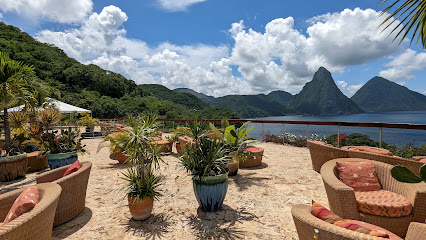
Markets, malls and hidden boutiques
Baywalk Shopping Mall
Discover the vibrant shopping experience at Baywalk Shopping Mall in Rodney Bay, where local culture meets modern retail.
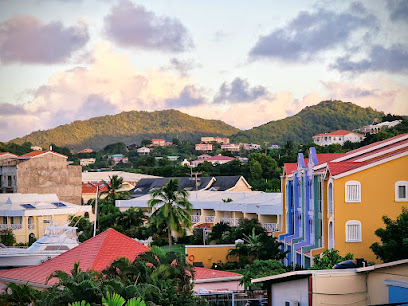
Gablewoods Shopping Mall
Discover Gablewoods Shopping Mall – St. Lucia's premier shopping destination with diverse stores, delightful dining, and a lively atmosphere.

Duty Free Pointe Seraphine Shopping Complex
Experience the vibrant shopping haven of Duty Free Pointe Seraphine in St. Lucia, where luxury meets local charm in a stunning Caribbean setting.
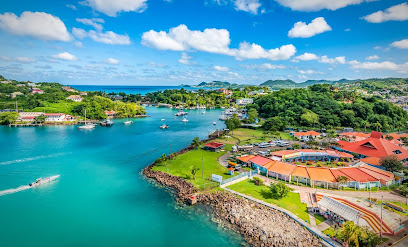
Anse Mamin Beach
Experience the tranquil beauty of Anse Mamin Beach, a hidden gem in St. Lucia, perfect for relaxation and adventure amidst stunning natural scenery.
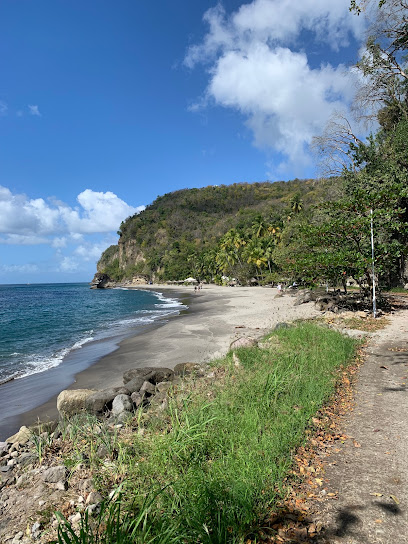
Diamonds International Pointe Seraphine
Discover exquisite jewelry at Diamonds International in Castries, St. Lucia, where elegance meets island charm in every piece.
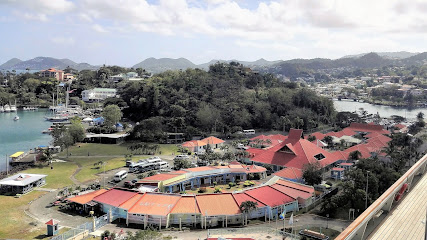
Franzette's Boxx- Customized Gifts in St. Lucia
Discover the heart of St. Lucia through customized gifts at Franzette's Boxx; your destination for unique souvenirs and personalized treasures.
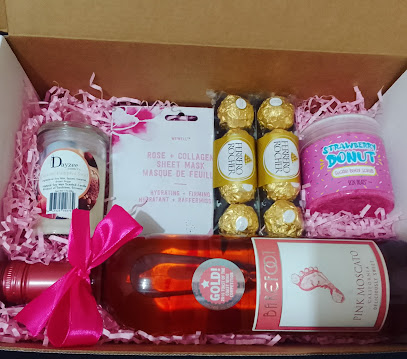
Sea Island Cotton Shop
Explore the vibrant Sea Island Cotton Shop in Rodney Bay for exquisite cotton products that embody the charm of Saint Lucia.
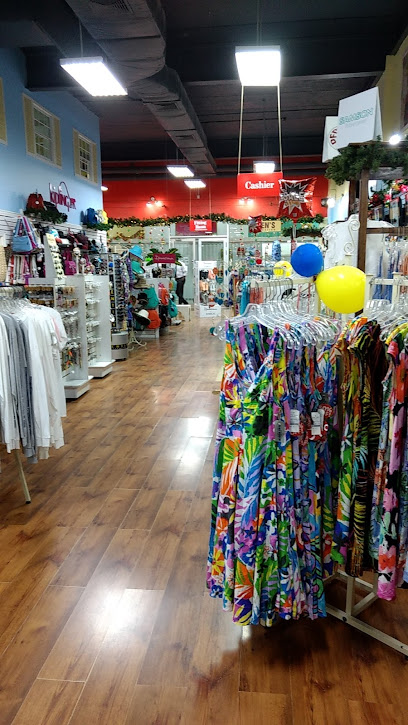
Tam'z Fashion & Clothing Designz
Experience the vibrant island fashion at Tam'z Fashion & Clothing Designz, where unique styles and personalized service await.

Hang Ten
Discover unique local and international fashion at Hang Ten, the top clothing store in Castries, St. Lucia.
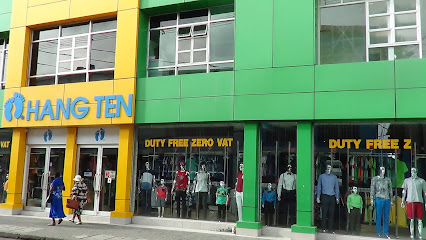
Mia Dominique
Discover exquisite jewelry at Mia Dominique, where elegance meets craftsmanship in a welcoming setting perfect for every traveler.

Elucid
Discover Elucid, a captivating jewelry store blending anime culture with exquisite jewelry and vibrant posters for a unique shopping experience.

Christina Crochet
Explore the vibrant world of yarn crafting at Christina Crochet, a charming yarn store offering quality materials and creative inspiration.

Mckfashion
Discover the latest trends at Mckfashion, where unique fashion accessories meet exceptional style for every occasion.

Kenny's Store
Experience local flavor and culture at Kenny's Store, your destination for authentic Caribbean products and unique souvenirs.

Charmedslu
Explore Charmedslu, where fashion meets local artistry in a captivating collection of accessories that tells a story.
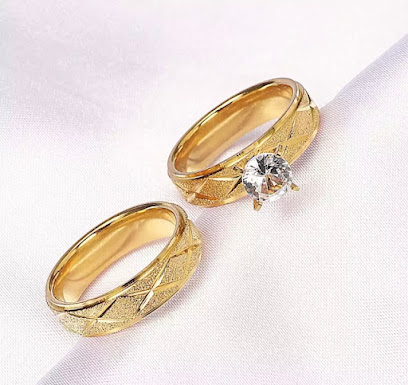
Essential bars & hidden hideouts
Orlando's Restaurant & Bar
Experience the authentic flavors of St. Lucia at Orlando's Restaurant & Bar, a top creole dining spot in Soufriere with stunning views.

Roots 2
Explore the vibrant flavors of St. Lucia at Roots 2, a grill restaurant in Marigot Bay offering fresh, local cuisine in a stunning waterfront setting.
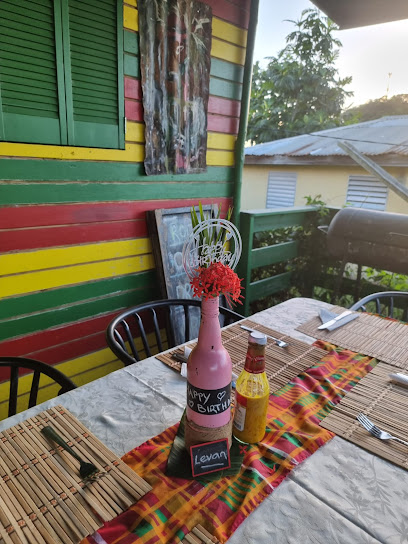
Glamity's Bar
Experience the vibrant nightlife at Glamity's Bar in Castries, a perfect spot for drinks, music, and local culture.
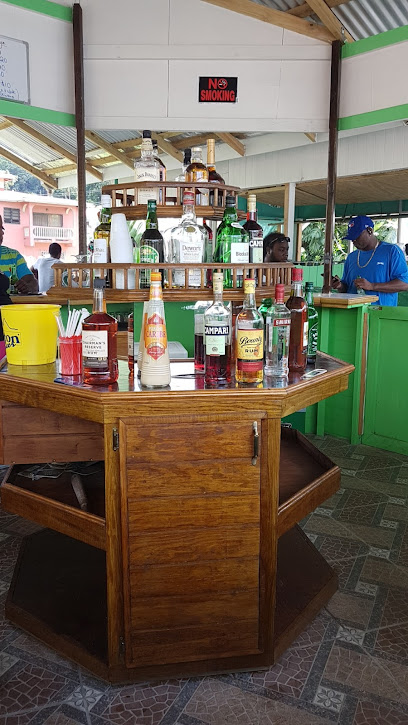
The Mango Tree
Experience the flavors of the Caribbean at The Mango Tree Restaurant, a culinary gem in Soufrière, St. Lucia, surrounded by breathtaking landscapes.
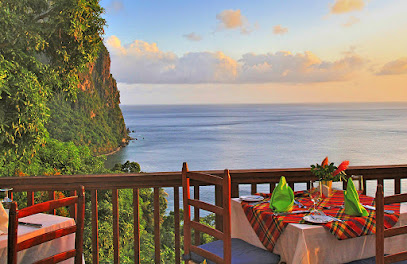
Treetop Restaurant and Bar
Discover the flavors of St. Lucia at Treetop Restaurant and Bar, where culinary creativity meets breathtaking views in a tropical paradise.
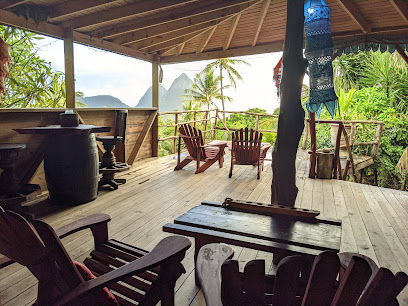
Anse Mamin Beach
Experience the tranquility and natural beauty of Anse Mamin Beach in St. Lucia, a perfect escape for relaxation and adventure.

Horizon Cocktails View Point Bar & Grill
Experience breathtaking views and delicious grill specialties at Horizon Cocktails View Point Bar & Grill in St. Lucia.
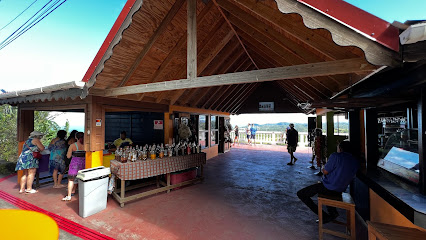
Cool Joint
Discover the vibrant flavors of St. Lucia at Cool Joint, a popular grill and bar in Choiseul offering delicious local cuisine and a lively atmosphere.
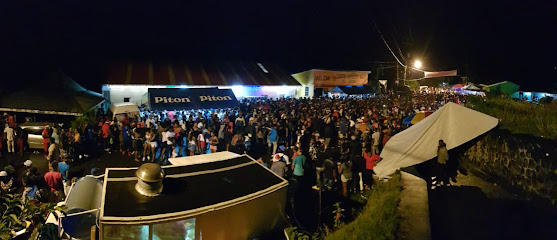
Seashell Beach Restaurant
Discover Seashell Beach Restaurant, a tropical paradise offering fresh seafood and stunning views at Hummingbird Beach, St. Lucia.
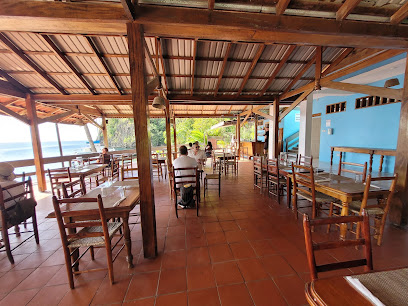
Club Whispers | Restaurant & Bar
Experience the vibrant flavors of St. Lucia at Club Whispers, where local cuisine meets a lively atmosphere in the heart of Palmiste.
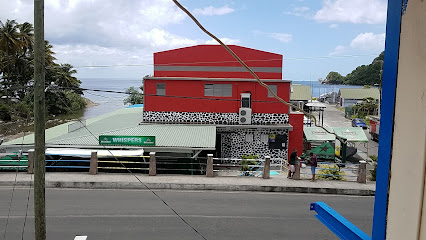
BIG RED MAXIMUM CHILL
Discover the vibrant energy of BIG RED MAXIMUM CHILL in Castries, St. Lucia, where adventure meets relaxation in a lively setting.
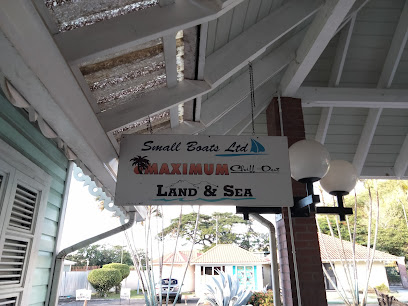
Anse Chastanet Restaurant
Experience the culinary delights of the Caribbean at Anse Chastanet Restaurant, where exquisite flavors meet breathtaking views.
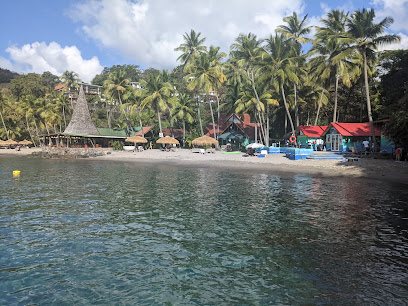
Bigger's Place
Experience the vibrant local culture and delightful drinks at Bigger's Place, a renowned bar in the heart of St. Lucia's Soufriere.
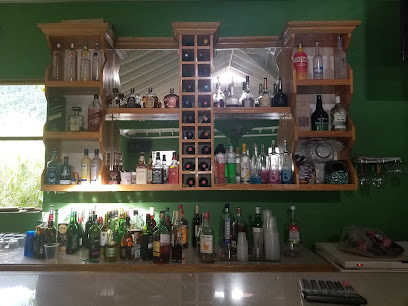
Stone Yard Restaurant and Bar
Experience the flavors of the Caribbean at Stone Yard Restaurant and Bar in Soufriere, a culinary delight amidst stunning natural beauty.

Jade Mountain Club
Discover culinary excellence with breathtaking views at Jade Mountain Club in St. Lucia, where Caribbean flavors meet stunning landscapes.
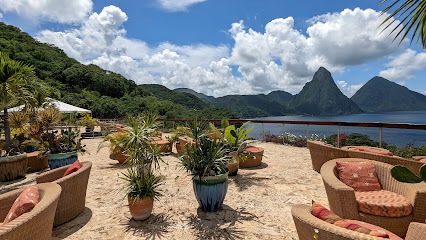
Local Phrases about Anse Mamin
-
- HelloBonjour
[Bon-zhoor] - GoodbyeAu revoir
[Oh re-vwar] - YesWi
[Wee] - NoNon
[Non] - Please/You're welcomeS'il vous plaît
[Seel voo pleh] - Thank youMerci
[Mehr-see] - Excuse me/SorryExcusez-moi
[Ex-kew-zay mwah] - How are you?Kijan ou ye?
[Kee-jan oo yay] - Fine. And you?Byen. E ou?
[Byen. Ay oo?] - Do you speak English?Èske ou pale angle?
[Es-kuh oo pah-lay ang-leh] - I don't understandMwen pa konprann
[Mwen pa kon-pran]
- HelloBonjour
-
- I'd like to see the menu, pleaseMwen ta renmen we meni a, silvouple
[Mwen tah ren-men weh meh-nee ah, seel-voo-play] - I don't eat meatMwen pa manje vyann
[Mwen pa manj vyan] - Cheers!Santé!
[San-tay] - I would like to pay, pleaseMwen ta renmen peye, silvouple
[Mwen tah ren-men pay-yeh, seel-voo-play]
- I'd like to see the menu, pleaseMwen ta renmen we meni a, silvouple
-
- Help!Ed
[Ehd] - Go away!Alé!
[Ah-leh] - Call the Police!Rele Polis!
[Reh-lay Po-lees] - Call a doctor!Rele yon doktè!
[Reh-lay yohn dok-tay] - I'm lostMwen pedi
[Mwen peh-dee] - I'm illMwen malad
[Mwen mah-lahd]
- Help!Ed
-
- I'd like to buy...Mwen ta renmen achte...
[Mwen tah ren-men ashtay] - I'm just lookingMwen jis ap gade
[Mwen zhees ap gahd] - How much is it?Konbyen sa koute?
[Kohn-byen sah koot] - That's too expensiveSa twò chè
[Sah twah sheh] - Can you lower the price?Èske ou ka ba pri la?
[Es-kuh oo kah bah pree lah]
- I'd like to buy...Mwen ta renmen achte...
-
- What time is it?Ki lè li ye?
[Kee lay lee yay] - It's one o'clockLi yonn
[Lee yohn] - Half past (10)Demi pase (10)
[Deh-mee pah-say] - MorningMaten
[Mah-tehn] - AfternoonApremidi
[Ah-pruh-mee-dee] - EveningSwa
[Swah] - YesterdayYè
[Yeh] - TodayJodi a
[Joh-dee ah] - TomorrowDemen
[Deh-men] - 1Yon
[Yohn] - 2De
[Day] - 3Twaz
[Tway] - 4Kat
[Kaht] - 5Senk
[Sank] - 6Sis
[Sees] - 7Sèt
[Set] - 8Wit
[Weet] - 9Nèf
[Nef] - 10Dis
[Dees]
- What time is it?Ki lè li ye?
-
- Where's a/the...?Ki kote yon...
[Kee koht yohn] - What's the address?Ki adres la?
[Kee ad-res lah] - Can you show me (on the map)?Èske ou ka montre mwen (sou kat la)?
[Es-kuh oo ka mon-tray mwen (soo kaht lah)] - When's the next (bus)?Ki lè pwochen (wout)?
[Kee lay pwoshen (woot)] - A ticket (to ....)Yon tikè (pou ....)
[Yohn tee-kay (poo)]
- Where's a/the...?Ki kote yon...
History of Anse Mamin
-
Before European colonization, the island of Saint Lucia, including the Anse Mamin area, was inhabited by the indigenous Arawak and later the Carib tribes. These tribes lived off the land, practiced fishing, and were known for their pottery and craftsmanship. The Caribs were the dominant tribe when Europeans first arrived in the region.
-
In the early 16th century, European explorers, including the Spanish and later the French and British, arrived in Saint Lucia. The French established the first permanent European settlement in the mid-17th century, and Anse Mamin became part of the French colonial holdings. The area was used for agricultural purposes, particularly for sugarcane cultivation.
-
Anse Mamin was once the site of a thriving sugar plantation. The remnants of the plantation, including the old mill and aqueduct, can still be seen today. Enslaved Africans were brought to Saint Lucia to work on these plantations, and their labor was crucial to the island's economy during this period. The plantation system left a lasting impact on the culture and demographics of the region.
-
Throughout the 18th century, Saint Lucia changed hands between the French and the British multiple times. The strategic importance of the island led to several battles and skirmishes. Anse Mamin, with its secluded location and natural harbor, served as a strategic point during these conflicts. The island was finally ceded to the British in 1814 under the Treaty of Paris.
-
After the abolition of slavery in 1834, former enslaved people in Anse Mamin and throughout Saint Lucia sought to build new lives. Some continued to work on the plantations as paid laborers, while others established small farms or moved to urban areas. The cultural traditions of the Afro-Caribbean community, including music, dance, and cuisine, began to flourish during this period.
-
In the 20th century, Saint Lucia began to develop its tourism industry, with Anse Mamin becoming a popular destination for its beautiful beaches and historical significance. The area is now home to resorts that offer luxurious accommodations while preserving the natural and historical heritage of the region. Visitors can explore the ruins of the old sugar plantation and enjoy the pristine natural surroundings.
Anse Mamin Essentials
-
Anse Mamin is located on the western coast of Saint Lucia, near Soufrière. The nearest international airport is Hewanorra International Airport (UVF) in Vieux Fort, approximately 50 kilometers away. From the airport, you can take a taxi or arrange for a private shuttle to Soufrière, which typically takes around 1.5 hours by road. Alternatively, George F. L. Charles Airport (SLU) in Castries is closer but primarily handles regional flights. From Castries, the drive to Anse Mamin is about 45 minutes to an hour. You can also reach Anse Mamin by boat from various points along the coast.
-
Once you arrive in Soufrière, local taxis are readily available and can take you to Anse Mamin. Water taxis are a popular and scenic way to travel along the coast. If you prefer to explore on your own, renting a car is an option, but be prepared for winding and sometimes steep roads. Many hotels and resorts offer shuttle services to popular destinations including Anse Mamin. Walking and hiking are also great ways to explore the area, especially if you’re staying nearby.
-
The official currency in Saint Lucia is the Eastern Caribbean Dollar (XCD). However, US dollars are widely accepted, especially in tourist areas. Credit cards are commonly accepted in hotels, restaurants, and larger shops, but it’s advisable to carry some cash for smaller establishments and local vendors. ATMs are available in Soufrière, so you can withdraw cash if needed.
-
Anse Mamin and its surrounding areas are generally safe for tourists. However, it's wise to practice standard safety precautions. Avoid walking alone at night in secluded areas and keep your belongings secure. Petty crime, such as theft, can occur, so remain vigilant, especially in crowded places. There are no specific high-crime areas targeting tourists in Anse Mamin, but staying aware of your surroundings is always recommended.
-
In case of emergency, dial 911 for immediate assistance. Soufrière has a local police station and medical facilities. It’s highly recommended to have travel insurance that covers medical emergencies. For minor health issues, there are pharmacies in Soufrière where you can purchase over-the-counter medications. Most hotels and resorts also have first aid facilities and can assist with medical emergencies.
-
Fashion: Do dress comfortably and casually, but modestly, especially when visiting religious sites. Avoid wearing swimwear away from the beach. Religion: Do respect local customs and traditions, particularly in religious settings. Public Transport: Do be polite and patient when using public transport. Taxis and buses are the main forms of public transport. Greetings: Do greet people with a smile and a friendly 'hello'. A handshake is also a common form of greeting. Eating & Drinking: Do try local dishes and seafood. Don't refuse food or drink offerings, as it may be considered impolite.
-
To experience Anse Mamin like a local, take time to explore the local markets in Soufrière where you can buy fresh produce and handmade crafts. Engage with the locals; they are often friendly and willing to share insights about their culture and history. Don’t miss the opportunity to hike the nearby trails for stunning views and hidden beach spots. For a unique dining experience, try the local Creole cuisine and fresh seafood at beachside shacks and small eateries.
Trending Landmarks in Anse Mamin
-
Soufrière Drive In Volcano
-
Sugar Beach, a Viceroy Resort
-
Diamond Falls Botanical Gardens & Mineral Baths
-
Saint Lucia National Trust
-
Tet Paul Nature Trail
-
Morne Coubaril Historical Adventure Park
-
Anse Chastanet
-
Piton Falls
-
Gros Piton Nature Trail
-
Fort Rodney
-
Anse Mamin Beach
-
Anse Chastanet Beach
-
Moule-à-Chique
-
Friday Night Street Party
-
Mamiku Gardens
Nearby Cities to Anse Mamin
-
Things To Do in Canaries
-
Things To Do in Malgretoute
-
Things To Do in Anse la Raye
-
Things To Do in Choiseul
-
Things To Do in Marigot Bay
-
Things To Do in Laborie
-
Things To Do in Castries
-
Things To Do in Praslin
-
Things To Do in Micoud
-
Things To Do in Vieux Fort
-
Things To Do in Dauphin
-
Things To Do in Rodney Bay
-
Things To Do in Gros Islet
-
Things To Do in Georgetown
-
Things To Do in Chateaubelair






